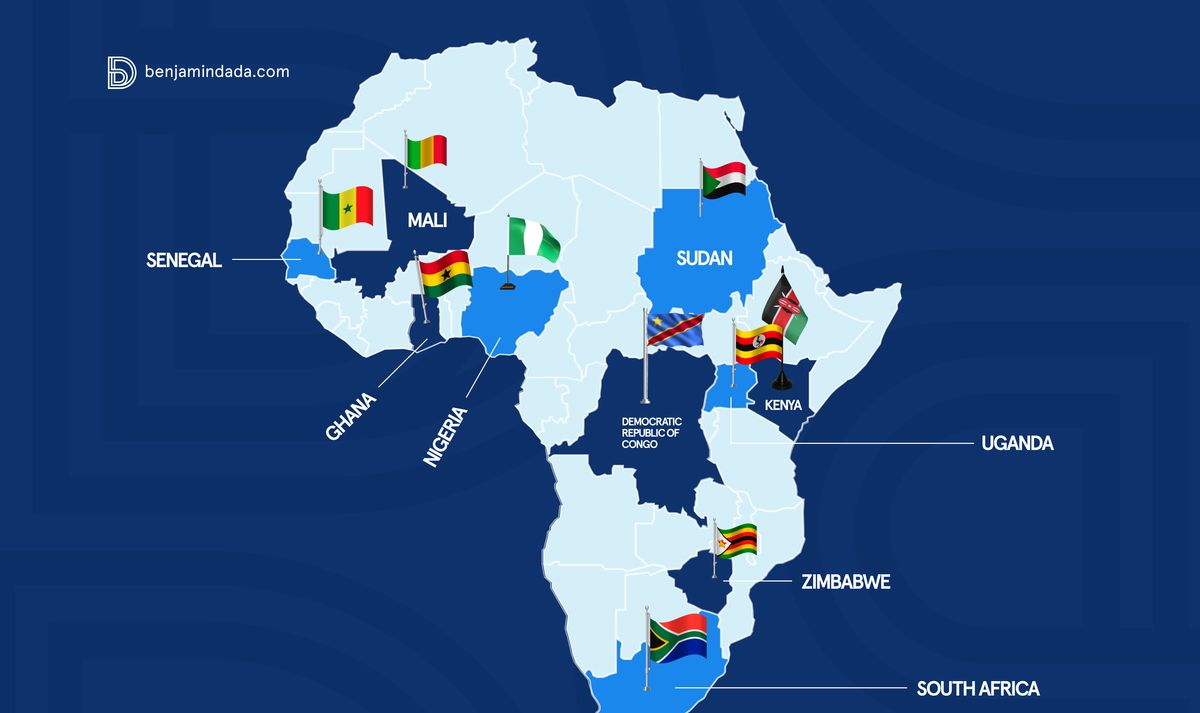Sub-Saharan Africa's top 10 remittance recipients in 2022
According to the World Bank, Nigeria accounted for the highest remittance flow into Sub-Saharan Africa in 2022.

“Remittances have become a financial lifeline in many economies through the pandemic and will become even more so in the foreseeable future,” says Dilip Ratha, head of KNOMAD.
In 2022, remittance flows to sub-Saharan Africa reached $53 billion, a 6.1% increase from the previous year, according to a report by the World Bank and KNOMAD. The increase in remittance flows to the region supported the current accounts of several African countries dealing with food insecurity, supply chain disruptions, severe drought (Horn of Africa), floods (in Nigeria, Chad, Niger, Burkina Faso, Mali, and Cameroon), and debt-servicing difficulties.
Nigeria accounted for 38%—$20.1 billion—of the remittance inflow in the region; the highest. Followed by Ghana and Kenya with $4.7 and $4.1 billion respectively. Meanwhile, Zimbabwe recorded $3.1 billion, followed by Senegal, $2.5 billion, Democratic Republic of Congo, $1.7 billion; Sudan, $1.5 billion; Uganda, $1.3 billion; Mali, $1.1 billion; and South Africa, $900 million.
Fintech startups on the continent are leveraging this high inflow to drive their innovation. Last year, Nigerian neobank, Kuda expanded its operations into the UK to offer its remittance services for Nigerians in the diaspora.
“Africans in the [diaspora] are faced with barrier after barrier when it comes to financial services, from challenges setting up accounts to prohibitive and inconsistent fees on meaningful transfers,” Kuda's CEO, Babs Ogundeyi said. “They are forced to limit each transfer to a few hundred pounds to avoid losing money or face escalating exchange rates with bigger transfers.”
According to the World Bank, Sub-Saharan Africa remains the region with the highest remittance costs. To send $200 to the region in the last quarter of 2022 cost an average of 8.0% of the amount.






